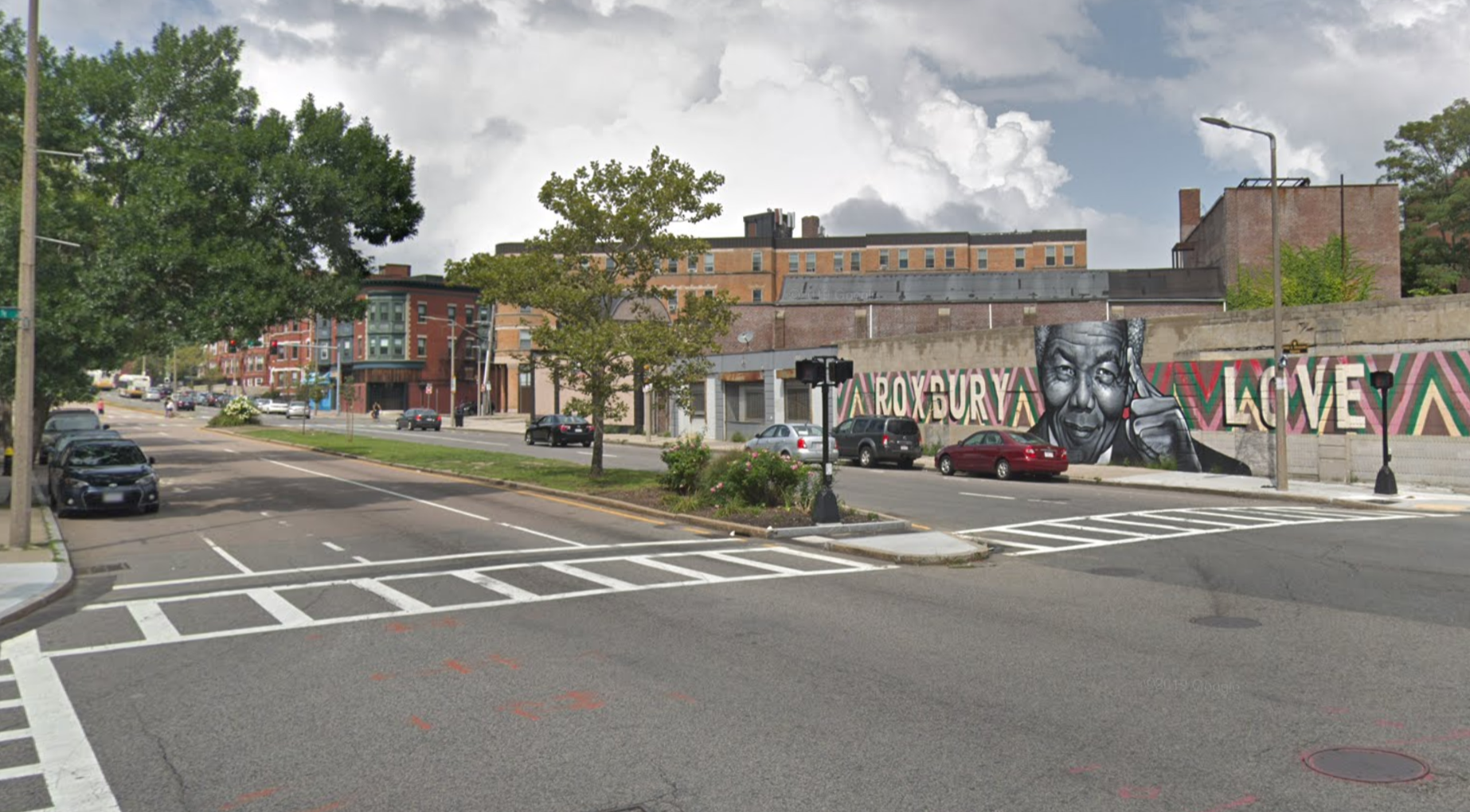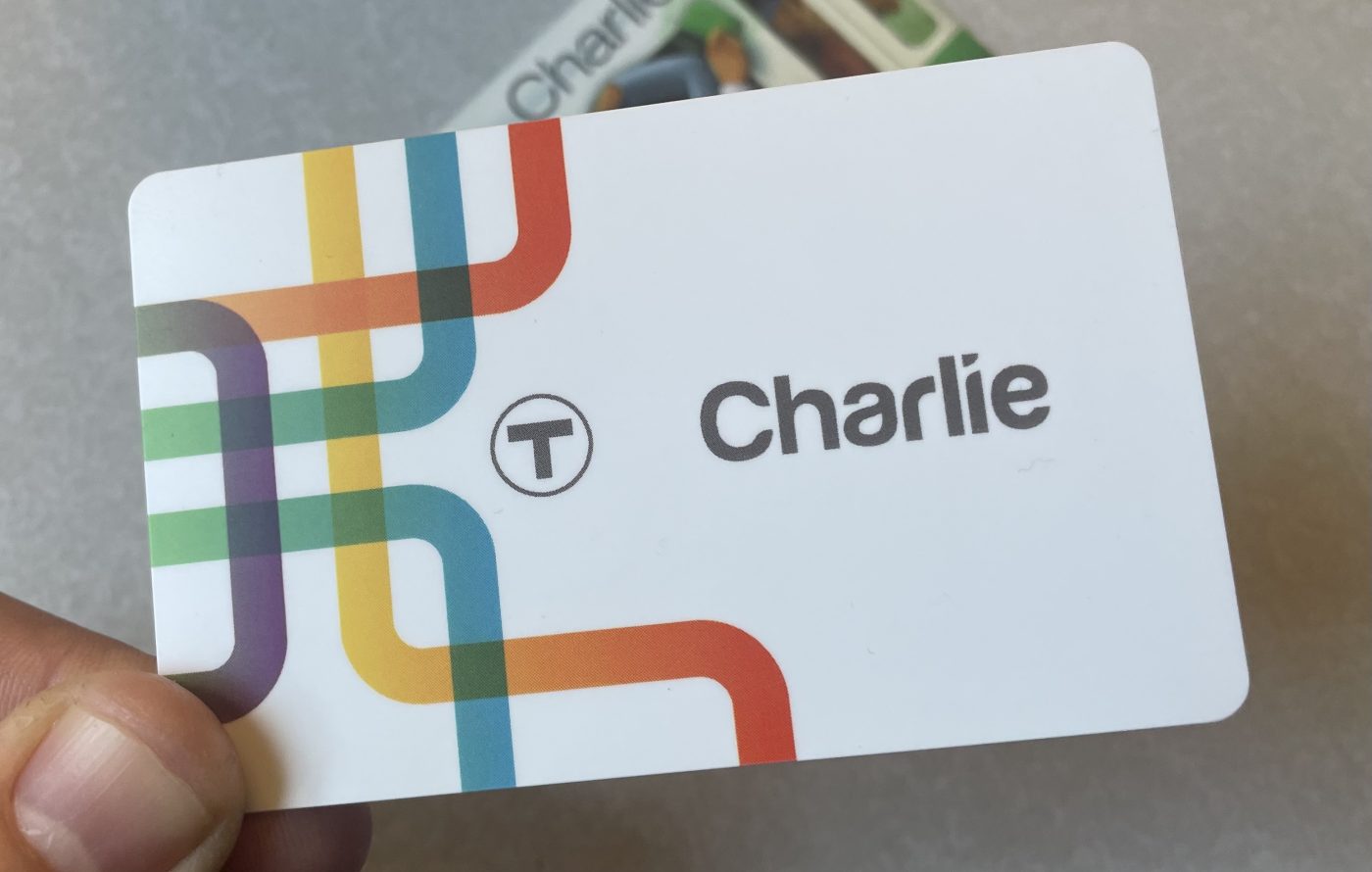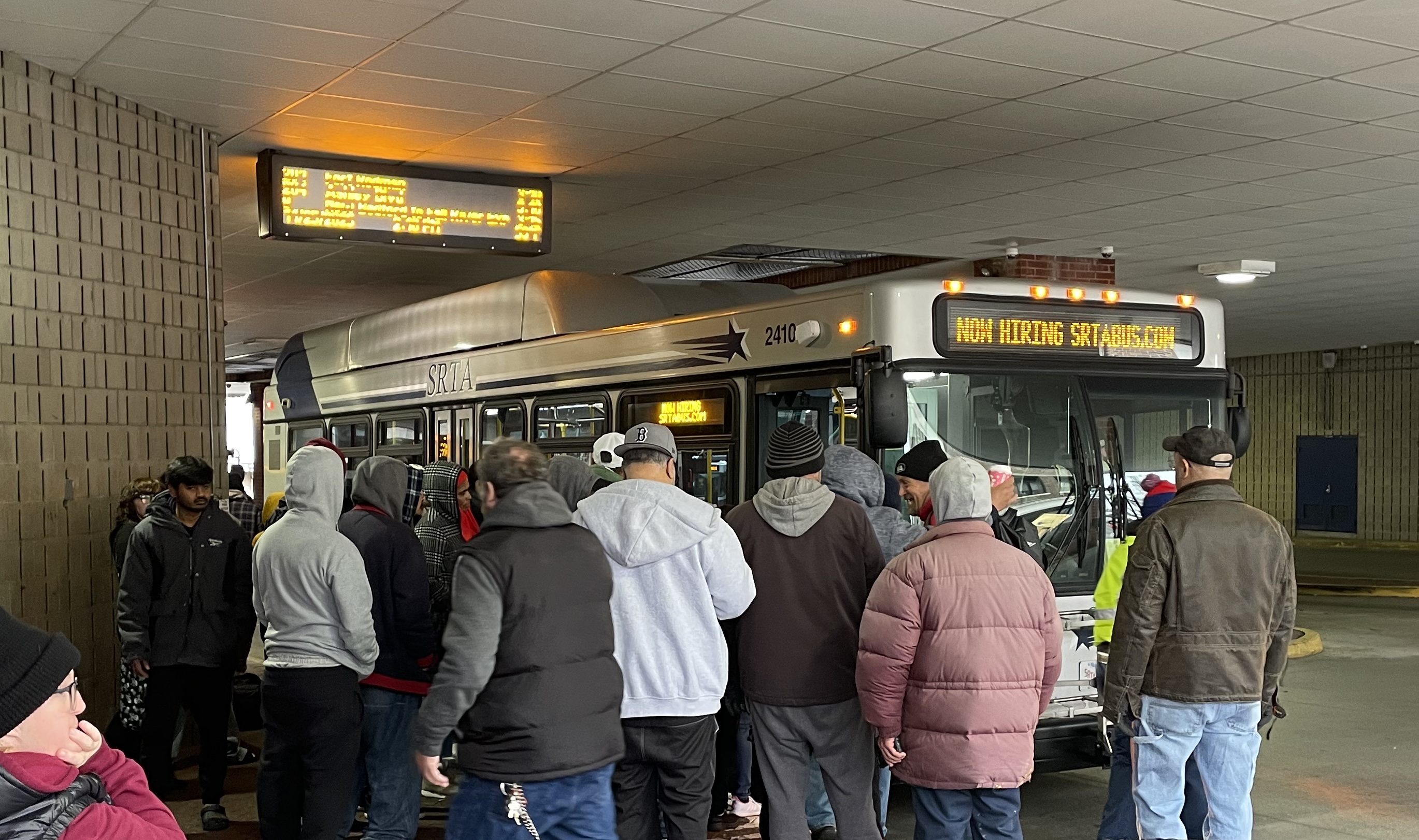Planners from the Boston Transportation Department's transit team shared some early concepts to bring bus-priority lanes to Warren Street, a heavily-used bus route that carries over 20,000 bus riders every day, at a public meeting in Roxbury last Thursday evening.
To set the stage for the discussion, project planner Lindiwe Rennert shared a presentation with some eye-popping statistics about Warren Street's importance as a bus corridor, especially for people of color.
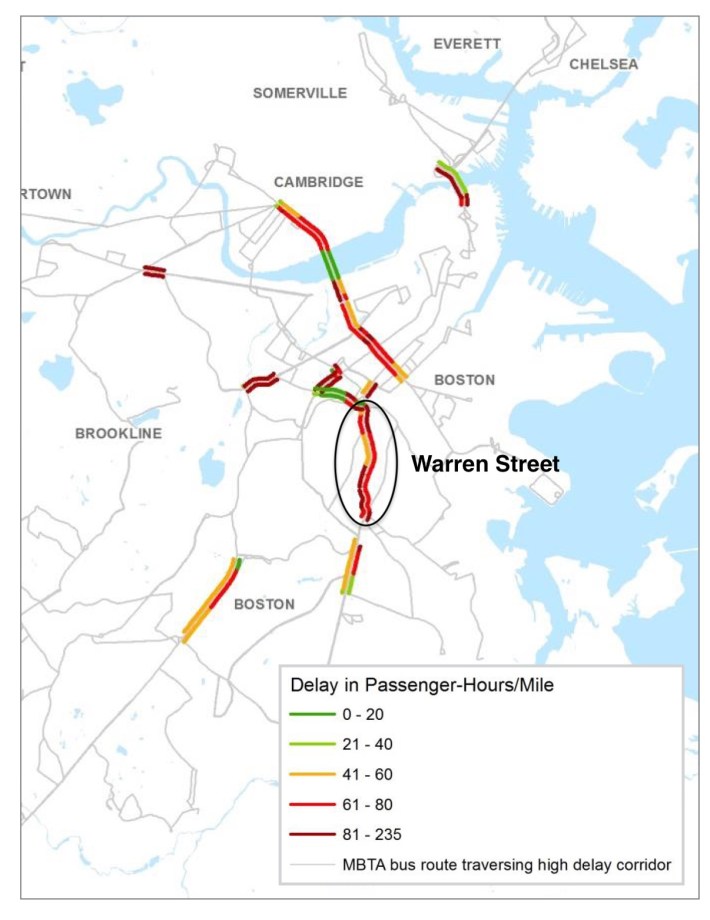
Five MBTA bus routes use Warren Street to access the bus station at Dudley Square, including the 28, the busiest bus route in Massachusetts, and the 23, the MBTA's 4th-busiest bus route. Because there are several public schools in the area, there are also 61 Boston Public Schools buses that use Warren Street every day.
"These bus stops (on Warren Street) serve more riders than some commuter rail stations," said Rennert.
According to data collected from the MBTA's buses, the average bus rider on Warren Street loses 20 to 30 minutes stuck in traffic every day - which adds up to 80 to 100 hours over the course of a year for a bus rider who uses Warren Street daily.
Because 90 percent of Warren Street's bus riders identify as people of color, this single corridor is a significant source of regional inequality. As noted in a recent LivableStreets report, black bus riders spend, on average, 64 more hours every year traveling than white bus riders (and Latinx bus riders lost an average of 10 hours a year in longer travel times compared to white riders).
Fixing Warren Street to prioritize on-time buses could therefore level the playing field for thousands of bus riders in Roxbury, Dorchester, and Mattapan.
North of Boston Latin Academy, where Warren Street is currently four lanes with a broad median strip, City of Boston planners are contemplating setting aside half of Warren Street's four lanes for buses:
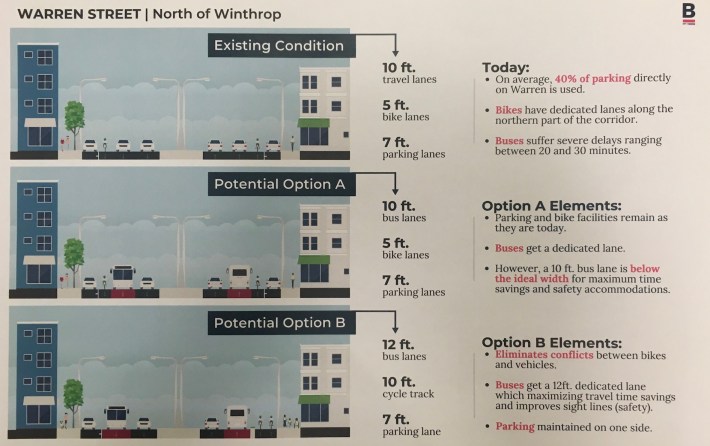
On this section of the street, the right-of-way is wide enough to potentially also upgrade the corridor's bike lanes, which are currently unprotected.
"The bike lanes are a joke," said Jasmine Wilson, a Dorchester resident who rode her bike to the meeting. "My biggest fears are getting doored or getting hit by one of the extended buses that weave in and out of the bus stops."
One concept under consideration ("option B" in the diagram above) would replace one of Warren Street's on-street parking lanes with a two-way protected bikeway, potentially linking to a new two-way bikeway currently under construction in front of the Dudley Branch library.
Joseph Pires, also of Dorchester, advocated for the protected bikeway design.
"People double parking might be the biggest issue – they see the bike lane and think it's a parking space," said Pires.
According to the city's data, the existing on-street parking on Warren Street is only 40 percent occupied, although parking spaces in some segments of the street are significantly more used than others. In the city's conceptual designs, motor vehicle users would still need to drive into and stop in the bus lane in order to access any on-street parking, which would diminish the effectiveness of the bus lanes for the benefit of a small minority of motor vehicle users.
South of Boston Latin Academy, Warren Street narrows to a much tighter cross section, with two travel lanes and two on-street parking lanes, for half a mile before it meets Blue Hill Avenue. According to Rennert, the city is having a discussion about removing on-street parking areas to make room for curbside bus lanes.
Rennert said that planners are also considering a "queue jump" lane to give northbound buses a head start into the left turn from Blue Hill Avenue (which is in the midst of its own bus prioritization redesign process).
Planners plan to continue outreach and refine their plans for Warren Street over the winter. A timeline for implementation was not discussed at Thursday's meeting, but a September 2019 MBTA board presentation on new bus lanes included Warren Street among a list of projects "in planning for early 2020."
